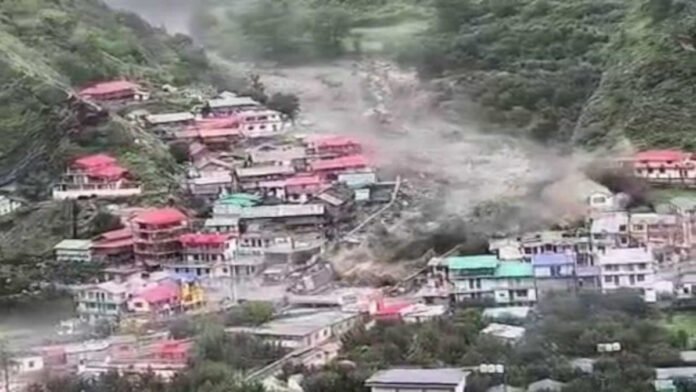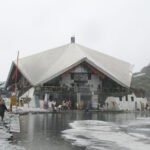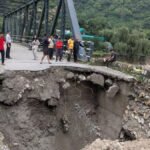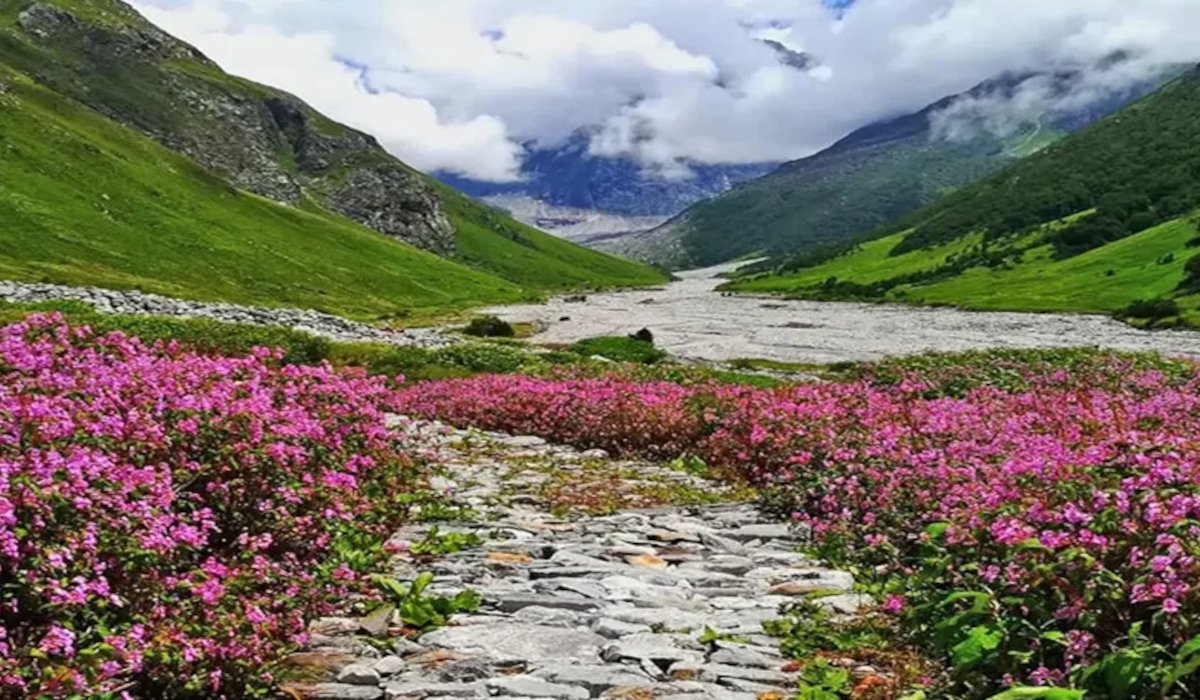A team of scientists conducting the first aerial survey of Dharali in Uttarkashi has concluded that the devastating flash flood on August 5th was triggered not by a glacial lake outburst, but by a cloudburst-induced debris flow in the Kheer Gad stream. The finding offers critical clarity after weeks of speculation surrounding the cause of the disaster that left the region in ruins.
Survey Findings
The joint scientific mission, involving experts from the National Disaster Management Authority (NDMA), the Indian Institute of Remote Sensing (IIRS), and other institutions, used drones and aerial mapping to assess the terrain. Their study revealed that intense rainfall caused a sudden surge of water and debris, which accumulated and then rushed downstream, sweeping through Dharali and nearby markets.
The team noted that no signs of a Glacial Lake Outburst Flood (GLOF) were found. Instead, the surge was traced to debris-laden runoff, combined with fragile mountain slopes weakened by heavy monsoon rains.
Implications for Disaster Preparedness
This distinction is significant. A GLOF would have implied long-term risks from unstable glacial lakes, but a debris flow highlights the immediate dangers posed by intense cloudbursts in fragile Himalayan catchments. Experts stressed that while both phenomena are deadly, preparedness measures differ.
“Identifying the actual cause helps shape our mitigation strategies. In this case, it shows the urgent need for better rainfall forecasting, slope stabilisation, and debris management in hill streams,” one scientist involved in the survey explained.
Government and Relief Response
The state government has welcomed the findings, noting that they will help guide future disaster response frameworks. Chief Minister Pushkar Singh Dhami had earlier directed continuous monitoring of Himalayan streams and rivulets prone to sudden swelling.
Relief operations in Dharali continue, with SDRF and district teams relocating affected families, clearing debris, and restoring road links. Local traders, however, say recovery is slow, with several shops and homes completely washed away.
Wider Himalayan Concerns
Experts also warned that cloudbursts are becoming more frequent in Uttarakhand due to climate change and shifting monsoon patterns. This, combined with unregulated construction and deforestation, amplifies the risk of flash floods in districts like Uttarkashi, Chamoli, and Rudraprayag.
The confirmation that a cloudburst-induced debris flow caused the Dharali flash flood underscores the need for region-specific disaster management policies. With monsoon intensity showing little sign of decline, experts insist that early-warning systems, resilient infrastructure, and strict land-use regulations must be prioritised to protect vulnerable mountain communities.



























